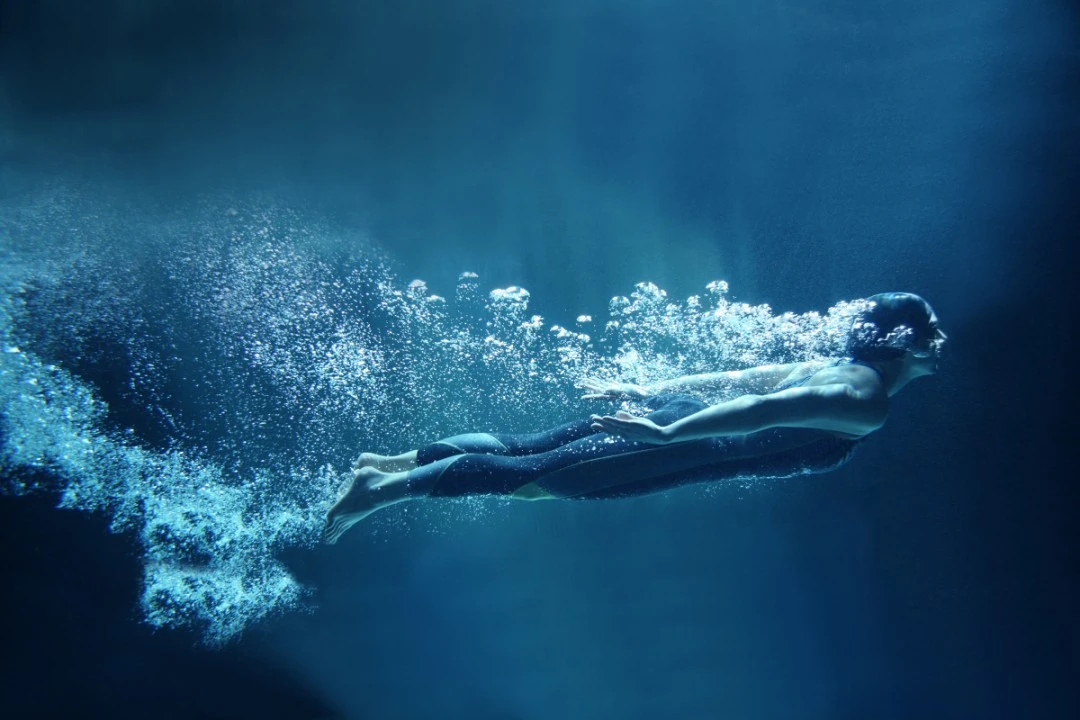
Breathing Underwater: Exploring the Respiratory Systems of Aquatic Animals
Introduction:
The ability to extract oxygen from water is fundamental to the survival of aquatic animals, enabling them to thrive in diverse aquatic environments. From fish to mollusks to marine mammals, aquatic organisms have evolved a variety of respiratory adaptations to meet their oxygen needs. In this blog, we delve into the fascinating world of aquatic respiration, exploring the respiratory systems of different aquatic animals and the unique adaptations that allow them to breathe underwater.
Respiratory Adaptations in Fish:
Fish, the most diverse group of aquatic vertebrates, exhibit a wide range of respiratory adaptations suited to their diverse habitats. Most fish possess gills, specialized respiratory organs that extract dissolved oxygen from water. Gills consist of thin filaments with a large surface area, allowing for efficient gas exchange. As water flows over the gills, oxygen diffuses into the bloodstream while carbon dioxide is released into the surrounding water. Some fish, such as lungfish and certain species of catfish, have evolved accessory respiratory organs, such as lungs or modified swim bladders, to supplement oxygen uptake during periods of low oxygen availability or when out of water.
Respiratory Strategies in Mollusks:
Mollusks, a diverse group of invertebrates that includes snails, clams, and octopuses, employ a variety of respiratory strategies adapted to their aquatic lifestyles. Many mollusks possess gills similar to those found in fish, which extract oxygen from water through a process of diffusion. However, some mollusks, such as terrestrial snails and freshwater clams, have evolved lungs or modified gills capable of extracting oxygen from air instead of water. Additionally, cephalopods like octopuses and squids have highly efficient respiratory systems that rely on a network of blood vessels and specialized respiratory organs called gills or gill-like structures to extract oxygen from water.
Respiratory Mechanisms in Marine Mammals:
Marine mammals, including whales, dolphins, and seals, have evolved specialized respiratory adaptations that enable them to breathe air while spending extended periods underwater. Unlike fish and most other aquatic animals, marine mammals are obligate air-breathers, meaning they must come to the surface periodically to breathe. Marine mammals possess highly developed lungs and respiratory systems adapted to withstand the pressures of deep dives and prolonged submersion. They rely on a combination of lung capacity, oxygen storage, and efficient gas exchange to extract oxygen from the air and store it for use during dives. Some marine mammals, such as whales and dolphins, can hold their breath for extended periods, while others, like seals and sea otters, have adapted to alternate between breathing at the surface and holding their breath while diving.
Respiratory Strategies in Amphibians:
Amphibians, a group of semi-aquatic vertebrates that includes frogs, toads, and salamanders, undergo a unique respiratory transition during their life cycle. As larvae, most amphibians breathe primarily through gills, which extract oxygen from water. However, as they undergo metamorphosis and transition to their adult form, they develop lungs or other respiratory structures suited to breathing air. While adult amphibians rely primarily on lungs for respiration, many species retain the ability to respire through their skin, allowing for gas exchange to occur across moist, permeable skin surfaces. Some aquatic amphibians, such as mudpuppies and axolotls, retain their gills into adulthood, enabling them to respire underwater throughout their lives.
Conclusion:
The respiratory systems of aquatic animals are marvels of evolutionary adaptation, allowing them to thrive in the diverse and dynamic environments of the world’s oceans, rivers, lakes, and wetlands. From the gills of fish to the lungs of marine mammals to the skin of amphibians, each respiratory adaptation is finely tuned to the unique challenges of life underwater. By understanding the intricacies of aquatic respiration, we gain insights into the remarkable diversity of life in aquatic ecosystems and the complex interplay between organisms and their environments. As we continue to explore and study the respiratory adaptations of aquatic animals, we deepen our appreciation for the wonders of the natural world and the incredible diversity of life on Earth.

